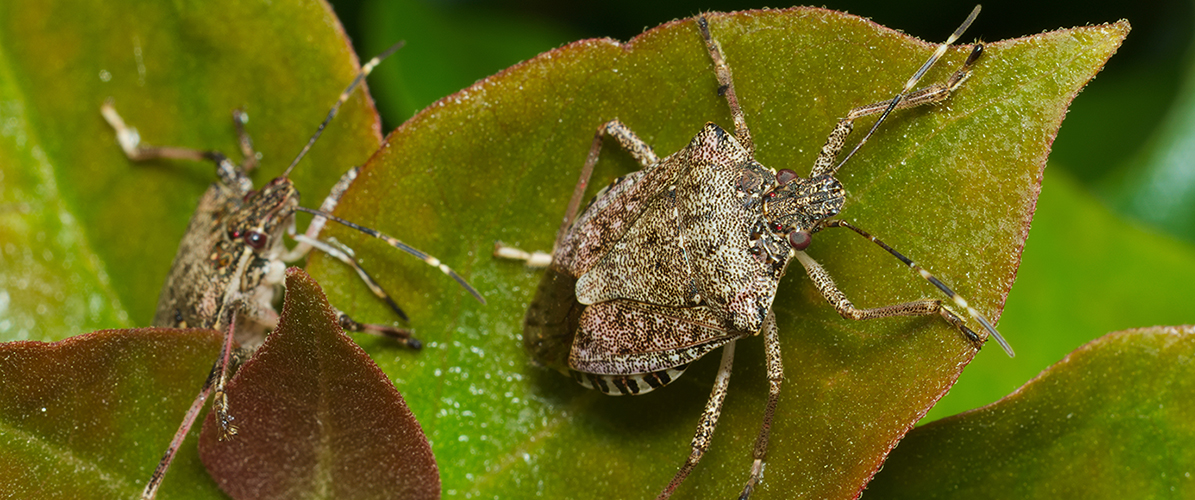Brown marmorated stink bug detected in Perth following Western Sydney detection
Brown marmorated stink bug (Halyomorpha halys) has been detected in imported cargo at two sites in Western Sydney and at a commercial premises in Perth.
This bug is a high priority pest that poses a significant threat to agriculture due to its wide host range and the damage it can do to vegetable crops, as well as fruit and ornamental trees.
Update on detections and response
These three detections occurred while unpacking goods imported from Italy.
The first detection occurred at Glendenning in Western Sydney, in November 2017. The second detection occurred in January 2018 at Horsley Park, also in Western Sydney.
No further brown marmorated stink bugs have been found during trapping and surveillance activities at these two sites. The NSW Department of Primary Industries monitors the sites on a weekly basis.
The most recent incident occurred in Perth in February 2018 when a large number of dead and live brown marmorated stink bugs were found in a container of electrical components from Italy. The bugs were reported quickly to the Department of Agriculture and Water Resources and action was taken to secure the goods and container.
The department has treated the infested goods, which remain under biosecurity control, and the container has been sent for treatment. The department also has fumigated the warehouse. The Western Australian Department of Primary Industries and Regional Development has set traps within the vicinity of the premises.
The Federal and state departments are working together to manage all three incidents using well-established response arrangements.
The Consultative Committee on Emergency Plant Pests continues to meet in response to these incidents. A response plan is in place for the Glendenning incident, and the WA Department of Primary Industries and Regional Development has developed a surveillance plan for the area around the Jandakot premises.
About brown marmorated stink bug
Brown marmorated stink bug is a high priority exotic pest which is well known to stow away in cargo coming out of the northern hemisphere between September and April each year.
The bug is known to feed on more than 300 hosts, including vegetable crops like capsicum, beans, peas, sweetcorn, and okra, and while feeding its saliva causes significant damage to plant tissues.
While it is not a risk to human health, it is regarded as a nuisance pest because it seeks sheltered places such as inside homes, vehicles, machinery or sheds, often in large numbers, and releases a foul odour when disturbed.
Brown marmorated stink bug adults range in length between 12-17mm. They are mottled brown in colour and have a shield-shaped appearance. The white bands on its antennae are a distinguishing feature.
There are five nymph stages that range in size from less than 3-12mm long. The nymphs are orange and black when they first hatch but quickly develop a similar colouration to the adults. The juvenile, or nymphal stages, cause the most damage to plants and crops.
Eggs are cream to yellow-orange and approximately 1.6mm long and laid in clusters on the underside of leaves.
More information and how to detect
The most effective way to detect brown marmorated stink bugs is by visually inspecting host plants. They are large bugs that emit a foul odour when disturbed.
If you think you have seen brown marmorated stink bugs, phone the Exotic Plant Pest Hotline on 1800 084 881. This will put you in touch with your local Department of Primary Industries or Agriculture.
Click here for more information about brown marmorated stink bug and this outbreak.
This post appeared in the AUSVEG Weekly Update published 6 March 2018.

